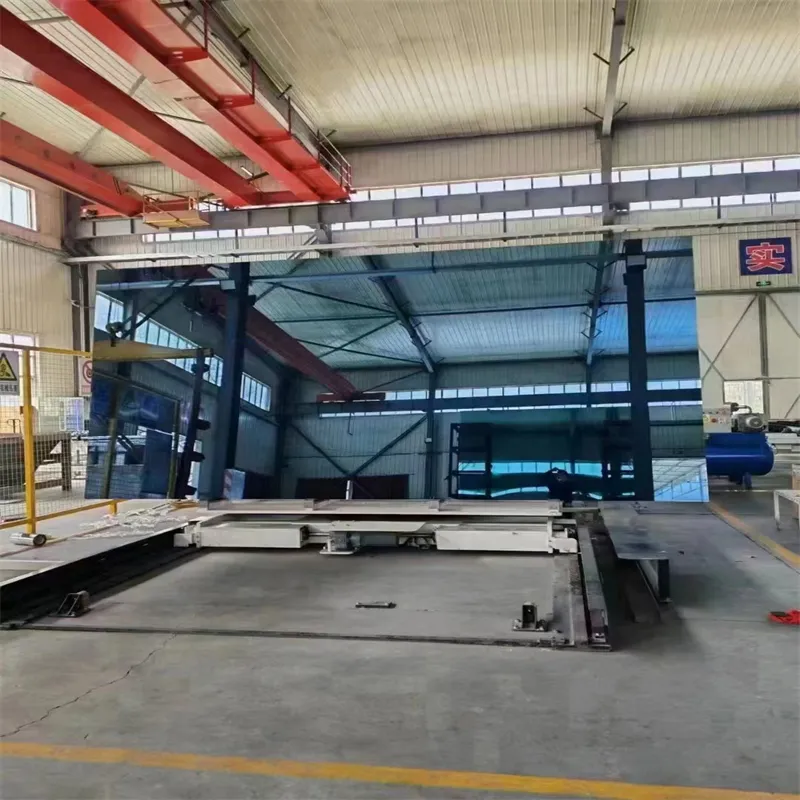Oct . 13, 2024 18:45 Back to list
tempered glass manufacture
The Manufacture of Tempered Glass A Comprehensive Overview
Tempered glass, also known as toughened glass, is a type of safety glass that is processed by controlled thermal treatments to increase its strength compared to normal glass. This specialized manufacturing process not only enhances the material’s mechanical properties but also makes it more resistant to thermal shocks and impacts. Due to these attributes, tempered glass is widely used in various applications, from building facades and shower doors to glass doors and tables.
The Manufacturing Process
The production of tempered glass involves several critical steps, each playing a significant role in ensuring the final product meets safety and quality standards.
1. Cutting and Shaping The first step in the manufacturing of tempered glass is cutting it to the desired size and shape. This is done using precise cutting tools that ensure clean, straight edges. It is essential to conduct this step carefully because once the glass is tempered, it cannot be cut or modified.
2. Polishing Edges After cutting, the edges of the glass sheets are polished to remove any sharp edges and imperfections. Polished edges reduce the risk of chipping or breaking during handling and installation.
3. Cleaning The glass sheets undergo thorough cleaning to remove any dust, oils, or residues. Contaminants on the surface can affect the quality of the tempering process and may lead to weaknesses in the final product.
4. Heating The next phase is the heating process, where the glass is gradually heated to a temperature between 600 and 700 degrees Celsius (about 1112 to 1292 degrees Fahrenheit). This heating is typically carried out in a tempering furnace, which ensures uniform heating across all surfaces of the glass. This step is crucial as it prepares the glass for the rapid cooling that follows.
tempered glass manufacture

5. Quenching Once the glass reaches the desired temperature, it is rapidly cooled using jets of cool air in a process known as quenching. This sudden change in temperature causes the outer layers of the glass to cool and harden quickly while the inner layers remain in a molten state for a slightly longer period. As the inner layers cool, they contract, creating significant internal stresses that give tempered glass its strength.
6. Quality Inspection After the quenching process, tempered glass undergoes rigorous quality checks. These inspections include evaluating for surface flaws, distortions, and ensuring that the glass meets specified thickness requirements. Only glass that passes these tests is approved for use.
Benefits of Tempered Glass
The unique properties of tempered glass make it ideal for various applications. It is about five to six times stronger than standard glass, which makes it highly resistant to impacts. Additionally, if it does break, tempered glass shatters into small, blunt pieces, greatly reducing the risk of injury. This characteristic makes it a popular choice for settings where safety is a paramount concern. Furthermore, its ability to withstand thermal stress means that it can be used in situations where glass may be subjected to extreme temperature changes, such as in oven doors or exterior facades exposed to sunlight.
Environmental Considerations
The manufacture of tempered glass is not only focused on enhancing safety and durability but also on sustainability. Many manufacturers are now exploring eco-friendly practices, such as recycling glass, reducing energy consumption during the heating process, and using non-toxic materials in production. Innovations in technology continue to drive the industry towards greener practices, promoting the responsible use of resources while maintaining high standards of quality and safety.
Conclusion
In summary, the manufacture of tempered glass involves a sophisticated process that transforms ordinary glass into a versatile material suited for a wide range of applications. From its initial cutting and shaping to the critical heating and quenching phases, each step is meticulously carried out to ensure that the final product meets the highest safety and quality standards. As demand for tempered glass increases across various industries, manufacturers are also focusing on sustainable practices, contributing to a safer and more environmentally friendly future. With its unparalleled strength and safety features, tempered glass remains a vital element in modern architecture and design.
-
Safety and Style with Premium Laminated Glass Solutions
NewsJun.24,2025
-
Reinvents Security with Premium Wired Glass
NewsJun.24,2025
-
Premium Float Glass Line for Modern Architecture
NewsJun.24,2025
-
Low Emissivity Glass for Energy-Efficient Architecture
NewsJun.24,2025
-
High-Performance Insulated Glass Solutions for Modern Architecture
NewsJun.24,2025
-
Elevates Interior Style with Premium Silver Mirror
NewsJun.24,2025
Related PRODUCTS














